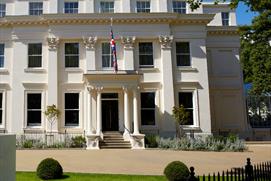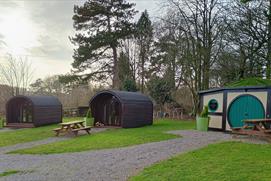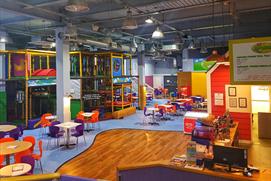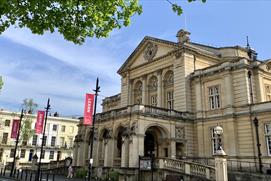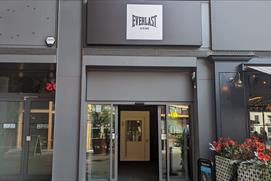You are here: Inspire Me > Places of interest
Places of interest
Cheltenham surely boasts some of the most fantastic culture and heritage in England, and you will certainly need more than a day to capture it. It has been listed as the UK's most complete Regency Town, and visitors are awed by the breadth and variety of our Regency Architecture. Here we have tried to highlight some of the top cultural sites and events that are a must-see if you are spending a few days in Cheltenham.
Pittville Pump Room is a beautiful, historic Grade One listed property described by Visit Britain as ”the jewel in Cheltenham’s regency architecture”. Set in parkland at Pittville and used for cultural, commercial and community events, The Pump Room is located in Pittville Park. Pitville Park is the largest ornamental park in Cheltenham, opened in 1825 and was given a Grade Two listing under the English Heritage register of parks and gardens. It is here you can sample the mineral-rich spa waters.
Neptune’s Fountain is one of Cheltenham’s most iconic landmarks and is a popular photographic spot with locals and tourists alike. It can be found at the southern end of the Long Garden and was made from Portland stone in 1893 by a local sculptor R. L. Boulton.
Another popular statue is that of the Hare and Minotaur, a large bronze sculpture created by Gloucestershire-based artist Sophie Ryder in 1995 that can be found on The Promenade.
In Imperial Gardens you will find a statue of Gustav Holst, composer of The Planets, as the centrepiece of the hexagonal fountain. The Holst Birthplace Museum is open all year and is located in Clarence Road. It is a fantastic day out that also gives an insight into family life of that period, as well as holding various events. The Museum is located in the house in which Holst was born in 1874 and also features a preserved Regency period room for you to look at.
There are a series of Heritage Open Days each year, allowing access into venues such as Cheltenham Ladies’ College and St Mary’s Minster.
If you are strolling through Montpellier, spot The Caryatids. These 'armless ladies' are a type of column which support the architectural facades of the chic boutiques in Montpellier Walk. Dating from 1840 they are loosely based on classical models on the Acropolis in Athens and are a form of decoration used extensively in 19th century France. There are 32 Caryatids in total, two were originally sculpted in terracotta by a London artist called Rossi and the remainder were copied by a local Cheltenham man.
The Wilson – Gloucestershire’s premier museum and art gallery, holds many events and exhibitions throughout the year that embrace culture, art and heritage; as well as The Everyman Theatre and Cheltenham Town Hall.



 to add an item to your itinerary basket.
to add an item to your itinerary basket.



.png)





















